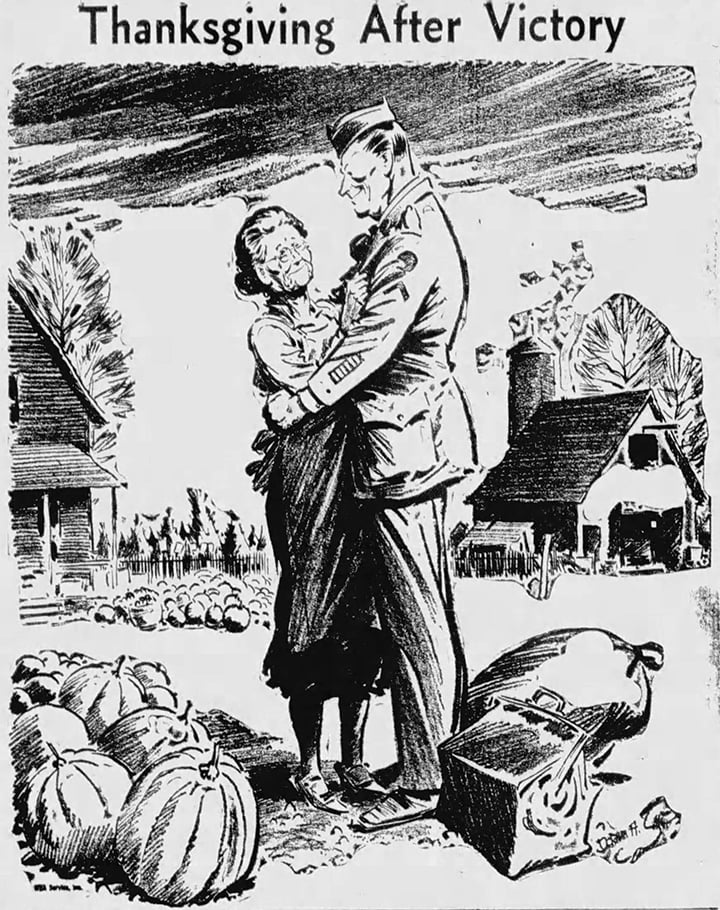By Bill Bishop
Daily Yonder
An outsized number of U.S. soldiers killed in the conflicts in Iraq and Afghanistan have come from rural America.
The rate of casualties in rural counties nationally in these wars is 41 percent higher than in metropolitan areas.
This analysis comes from a unique database compiled by Douglas Kriner, a political scientist at Boston University. Kriner attempted to track down the hometowns of all those American soldiers killed in Iraq and Afghanistan from 2003 through April 2016. He was able to find the home counties of nearly 6,400 men and women who died in these two conflicts. As of September 29, the Department of Defense reports that 6,627 military personnel have died in Iraq and Afghanistan since 2003.
The chart below shows the casualty rate for metropolitan counties, rural (noncore) counties, and micropolitan counties (counties outside metro regions with towns between 10,000 and 50,000). Nationally, there have been 19.9 military casualties for every million people during those years.
There is a large difference in rates between rural and urban communities, however. In metropolitan counties, the rate is 18.5 deaths per million. But in micropolitan counties the rate is 28.2 and in rural counties there are 27.7 deaths for every million residents.
Kriner’s unique data set confirms earlier reports showing that rural communities bear a disproportionate burden in this country’s recent conflicts in the Middle East. (See an earlier story in the Daily Yonder and a university research brief.)
If the wars’ casualties were spread evenly between rural and metropolitan areas, there would have been 374 fewer deaths in rural and micropolitan communities.
This disparity is more pronounced in the nation’s largest cities. The casualty rate in metro areas of a million or more people is 16.2 deaths per million residents, 19 percent lower than the national average.
Outside cities of a million or more people, the casualty rate was 24.5 deaths per million residents — 19 percent above the national average. There were 2,868 casualties in the nation’s largest cities, 666 fewer deaths than if the casualty rate had been spread evenly across the country.
The disparity shows up clearly in two counties where I’ve lived. Travis County is the heart of Austin, Texas, one of the fastest growing cities in the country. There were nearly 1.2 million people living in Travis County in 2015.
During the course of the wars in Iraq and Afghanistan, three soldiers died who called Travis County home.
Letcher County is in the coal mining region of Eastern Kentucky and is the home of the Daily Yonder. The county has just over 23,000 residents, but has had two casualties in these wars.
The casualty rate of Letcher County is 34 times that of Travis County.
Kriner and Francis X. Shen, a law professor at the University of Minnesota, write that there are “two Americas” when it comes to military sacrifice. In an article in the University of Memphis Law Review this year, Kriner and Shen show that casualties in the Iraq and Afghanistan wars are concentrated in counties with low average incomes.
The two authors compiled both fatal and nonfatal casualties since World War II. What they found was that soldiers killed and wounded in combat increasingly come from counties with low average incomes.
“We find that both fatal and non-fatal casualties in America’s wars have come from parts of the country that are lower on the socioeconomic ladder,” the authors write. And those differences – small during World War II – have grown.
“In sum,” they write, “We believe there is extremely strong evidence that poorer parts of America are bearing a greater share of the human costs of war.”
The primary cause of this inequality of sacrifice is the lack of opportunity in many U.S. communities, Kriner and Shen conclude. Young men and women turn to military service when opportunities for education or employment are lacking.
They quote one Defense Department official in charge of recruiting, “We do benefit when things look less positive in civil society.”
That disparity shows up again when rural and urban America are compared.
Bill Bishop is founding co-editor of the Daily Yonder.























